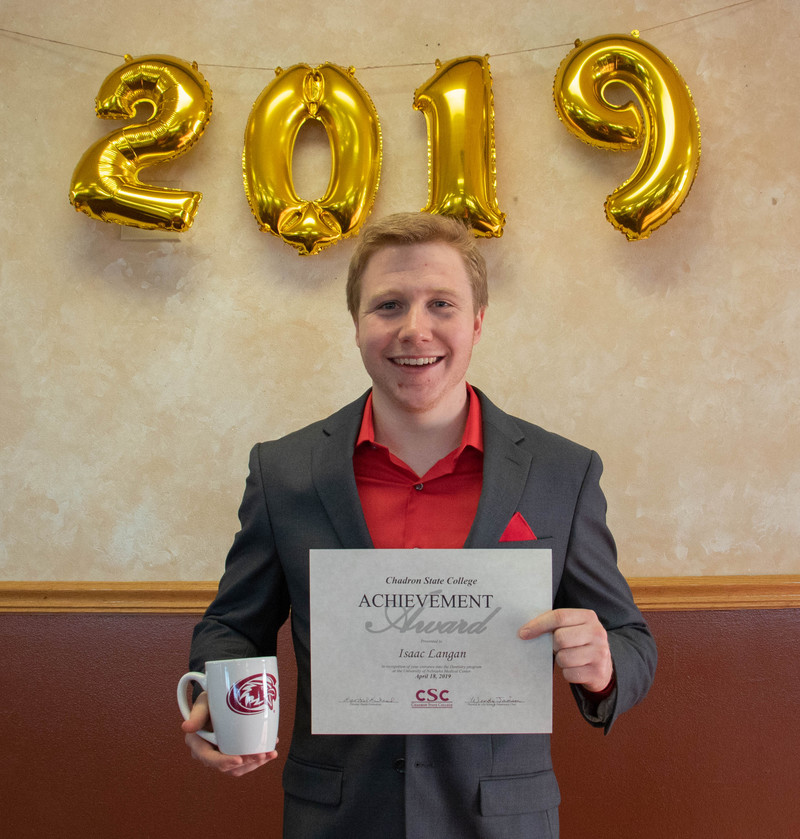Two students complete NASA Nebraska fellowships

CHADRON – Two Chadron State College students, Jessica Rowshandel of Encino, California, and Isaac Langan of McCook, Nebraska, recently completed research funded by NASA Nebraska Space Grant fellowships. Rowshandel studied analog mapping sites that mimic NASA’s Mars 2020 landing site and Langan researched nitrate, arsenic, and uranium levels in wells near Crawford, Nebraska.
The goal of Rowshandel’s research was to find new analog mapping sites that mimic NASA’s Mars 2020 landing site, the Jezero Crater. The analog sites will be used for testing an Unmanned Aerial Vehicle (UAV) for geologic mapping capabilities, according to Rowshandel. The testing will help ensure the greatest probability of successful UAV-assisted geologic mapping on Mars.
The analog sites chosen, based on her research, are Toadstool Geologic Park in Nebraska, and Rainbow Basin Natural Area in the Mojave Desert in California.
Rowshandel has two other degrees, in addition to seeking math and geoscience degrees with a minor in applied statistics. She has written several articles about living with Lupus and has been a volunteer at NASA’s Jet Propulsion Laboratory for three years. She plans to study planetary geology in graduate school after graduating from CSC.
She created a rubric of analog mapping criteria for other scientists to use when selecting analog testing sites.
"I have learned a tremendous amount about the geology and geologic history of Mars, and Jezero Crater, specifically. This includes what geologic sites the Mars 2020 mission is targeting with the hope of finding evidence of life,” she said.
Langan studied ion concentrations within surface and ground water wells near Crawford, Nebraska. An abstract of his data analysis on nitrate, arsenic, and uranium ions was published in the “The Proceedings of the Nebraska Academy of Sciences.”
Langan’s research reached the following conclusions: Of the wells tested, 46 percent contained levels of nitrate, arsenic or uranium above the Maximum Contaminant Level (MCL) established by the Environmental Protection Agency. Also, the average arsenic levels of all well samples collected was higher than the MCL.
Langan said as nitrate concentrations increased there was a correlated increase in uranium. Additionally, his research found that deeper wells, between 60 and 220 feet, tended to have lower levels of uranium and nitrate than more shallow wells.
This summer, Langan will test soil and water samples for the American Ag Lab in McCook before he enrolls in the University of Nebraska Medical Center’s College of Dentistry in Lincoln in the fall.
Category: Campus News, Physical and Life Sciences, Student Awards & Achievements

